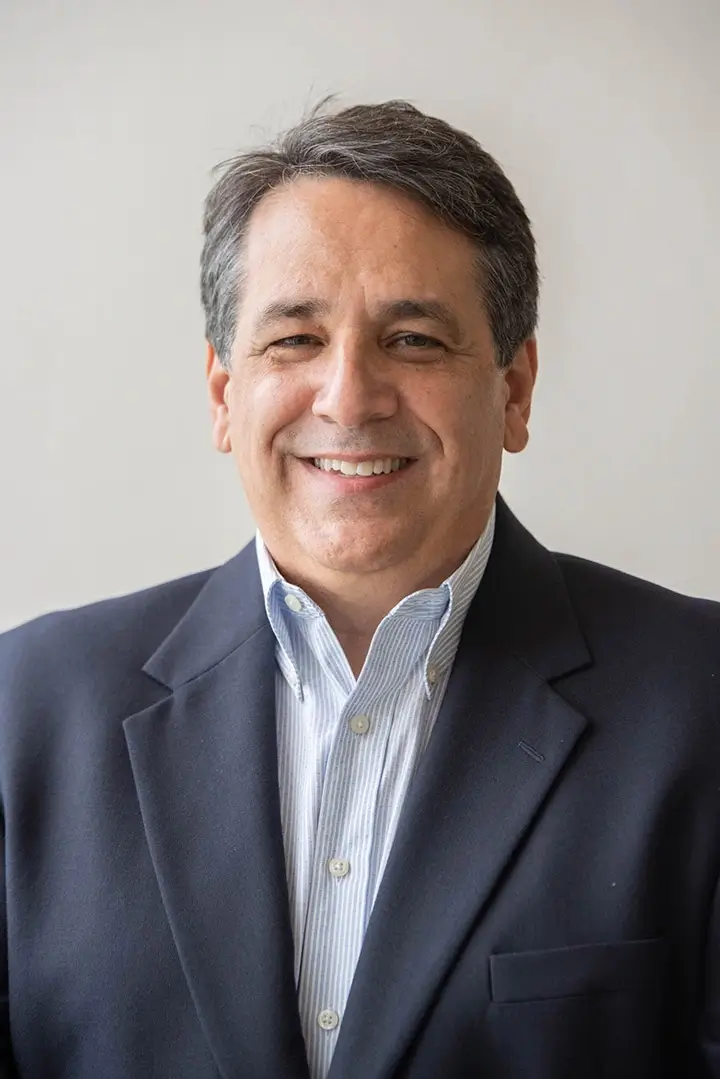Two researchers at the University of Piitsburgh have won a patent dispute in the Federal Circuit over a laboratory procedure by which adult stem cells derived from human adipose (fat) tissue may be differentiated into cartilage, muscle and bone cells. The Court rejected a bid by researchers at UCLA who had claimed credit as co-inventors of the process.
University of Pittsburgh researchers Drs. Adam Katz and Ramon Llull first began researching adipose-derived adult stem cells in the 1990s. Along with Dr. Marc Hedrick, who temporarily joined their laboratory at a later date, the researchers formally announced in April of 1998 that the adipose-derived stem cells could be differentiated into cartilage, muscle and bone tissue. The actual date of the discovery, however, was listed as October of 1996.
At the crux of the dispute is the fact that Dr. Hedrick temporarily joined the University of Pittsburgh laboratory under a year-long fellowship, at the completion of which he returned to UCLA where he continued to study adult stem cells of adipose origin along with his UCLA colleagues Drs. Hermann Peter Lorenz, Min Zhu, and Propser Benhaim.
Both teams of researchers at both universities then filed separate patent applications for the same laboratory methods and materials by which the stem cells are differentiated into other tissue types. Although the University of Pittsburgh had originally filed an international patent application in 2000 on which Katz, Llull, Hedrick, Lorenz, Zhu and Benhaim were all listed as co-inventors, Katz and Llull later sought to remove the names of Hedrick and the other UCLA researchers from the application.
When the UCLA researchers challenged the claim by Katz and Llull as sole inventors of the process, the district court of Pittsburgh ruled in favor of Katz and Llull, decreeing that these two researchers had invented the procedure prior to Hedrick’s fellowship. The UCLA team of researchers then appealed the decision, claiming that the research was "inconclusive" until Hedrick had been added to the team – a claim which was overruled in Washington, D.C. by the U.S. Federal Court of Appeals.
According to the presiding judge, the Honorable H. Robert Mayer, who has served as Chief Circuit Judge of the United States Court of Appeals for the Federal Circuit since his appointment as such in 2004, "Proof that the invention works to a scientific certainty is reduction to practice. Therefore, because the district court found evidence that Katz and Llull formed a definite and permanent idea of the cells’ inventive qualities, and had in fact observed them, it is immaterial that their knowledge was not scientifically certain and that the [defendant] researchers helped them gain such scientific certainty."
Law suits are not uncommon in the biotech industry, and challenges to patent and copyright law are occurring with increasing frequency every day, especially in the stem cell field. No doubt this recent ruling – in favor of the initiating scientists who had "formed a definite and permanent idea" of the outcome despite the fact that such impressions were "not scientifically certain" – will now be cited as a precedent in future legal disputes of a similar nature.

